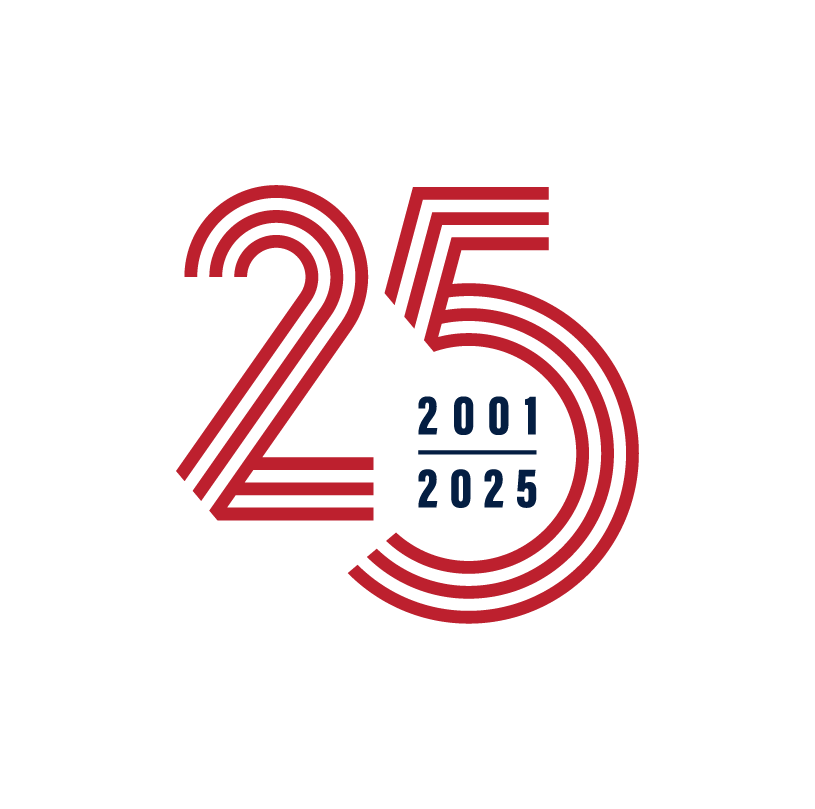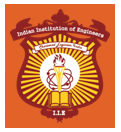THE ACADEMIC PROGRAMME OF THE INSTITUTION MAINLY CONSISTS OF SECTIONS ‘A & B’ EXAMINATIONS, POPULARLY KNOWN AS THE AMIIE EXAMINATION.
AMIIE in Aeronautical Engineering
Information For:
- Home
- Examination
- R&D
- Application Status
- Apply Membership Online
- RTI Information & Reply
- Awards
- Become Student's Chapter
- Online Verification
- Placement Service
- Alumni Association
- Approval & Recognition
- AMIIE(B.Tech./B.E.)
- DIPIIE-DMIIE-TMIIE(Diploma)
- List of Student's Chapter
- Our Vision
- Circular/Notice/Tender
- Hall Ticket
- Examination Result
- Vacancy & Career
- Global Linkage
- Downloads
Key Highlights of the AMIIE
- Project based learning through industry collaborations.
- Focus on skill building & practical implementations.
- Interactive sessions with industry experts through Student's Chapter.
About
A division of aerospace engineering, aeronautical engineering focuses on applying physics, mathematics and other disciplines in order to construct aircraft. Aeronautical engineers work to make sure propulsion systems operate efficiently and that an aircraft’s aerodynamic performance is sufficient. Aspiring aeronautical engineers should get their bachelor’s degrees in aeronautical or aerospace engineering, though some related majors may be sufficient.
Although entry-level aerospace engineers in general do not require a license, higher-level positions may require a PE, or professional engineering license.
Career
In order to become an aeronautical engineer, prospective candidates must complete a bachelor’s degree program, usually in aerospace or aeronautical engineering, that has been approved by the Accreditation Board for Engineering and Technology (ABET). Programs can take 4-5 years to complete. Students typically begin their education by enrolling in core courses in mathematics, chemistry and physics. Additionally, most programs require students to complete introductory labs in which they test engineering principles applied to flight and propulsion.
Once students have completed their core requirements, they may take more challenging classes that cover topics ranging from the aerodynamics of airplane bodies to electrical systems in cockpits. After covering the fundamentals of flight and stability control, students may delve into aircraft sensors and electrical components, as well as wing structure and flaps. Programs may also provide training in power generation for aircraft, including combustion engine design.
During the senior year of a bachelor’s in aerospace or aeronautical engineering, students generally participate in lab and design courses. These courses may require research into issues ranging from construction materials to wing design. While completing their assignments, students may be responsible for simulating flight and modifying areas where designs may not function well. Applying their knowledge, students may then alter models, test designs, and prepare class presentations
Job Prospects
- Aircraft Industry (HAL, Taneja Aerospace etc.)
- Government and Private Airlines
- R&D organizations like ISRO, DRDO, CSIR (NAL)
- Opportunities are also pre sent in International organizations like BOEING, AIRBUS, PRATT & WHITNEY, GE Aviation, NASA, ESA, etc.
Remuneration
According to the U.S. Bureau of Labor Statistics (BLS), job opportunities for aerospace engineers were projected to decrease 2% from 2014-2024, which is slower than average. As of May 2015, aerospace engineers, including aeronautical engineers, made a median annual salary of $107,830, as reported by the BLS.
Section-A
- TRANSFORMS AND PARTIAL DIFFERENTIAL EQUATIONS
- ELEMENTS OF AERONAUTICS
- AERODYNAMICS - I
- AIRCRAFT SYSTEMS AND INSTRUMENTS
- PRODUCTION TECHNOLOGY
- NUMERICAL METHODS
- SOLID MECHANICS
- AIRCRAFT STRUCTURES - I
Section-B
- FLUID MECHANICS AND MACHINERY
- PROPULSION - I
- CONTROL ENGINEERING
- ENVIRONMENTAL SCIENCE AND ENGINEERING
- AIRCRAFT STRUCTURES - II
- AERODYNAMICS - II
- PROPULSION - II
- WIND TUNNEL TECHNIQUES
- HIGH TEMPERATURE MATERIALS
- PRINCIPLES OF MANAGEMENTS
- AVIONICS
- COMPUTATIONAL FLUID DYNAMICS
- VIBRATIONS AND ELEMENTS OF AEROELASTICITY
- FLIGHT DYNAMICS
- TOTAL QUALITY MANAGEMENT
- FINITE ELEMENT METHOD
- AERO ENGINEERING THERMODYNAMICS
- EXPERIMENTAL STRESS ANALYSIS
- PROJECT WORK
What Is AMIIE?
Full form of AMIIE is “Associate Member of the Indian Institution of Engineers”. AMIIE is a professional certification given by Indian Institution of Engineers (IIE).

